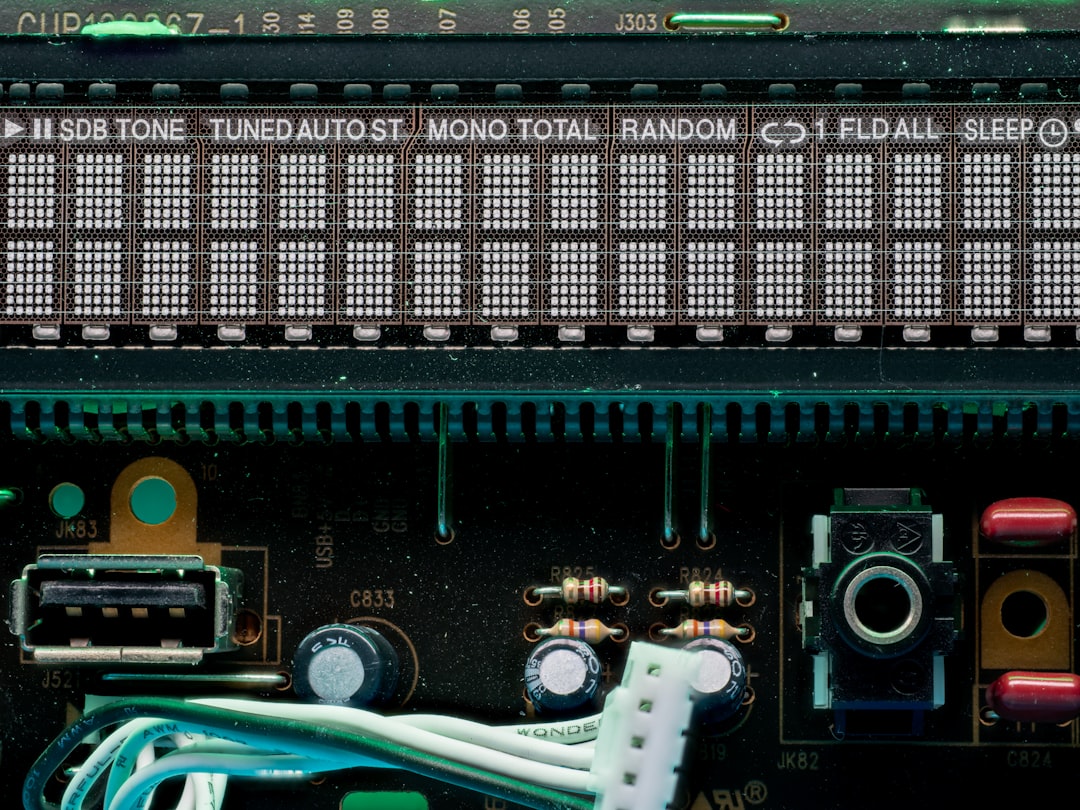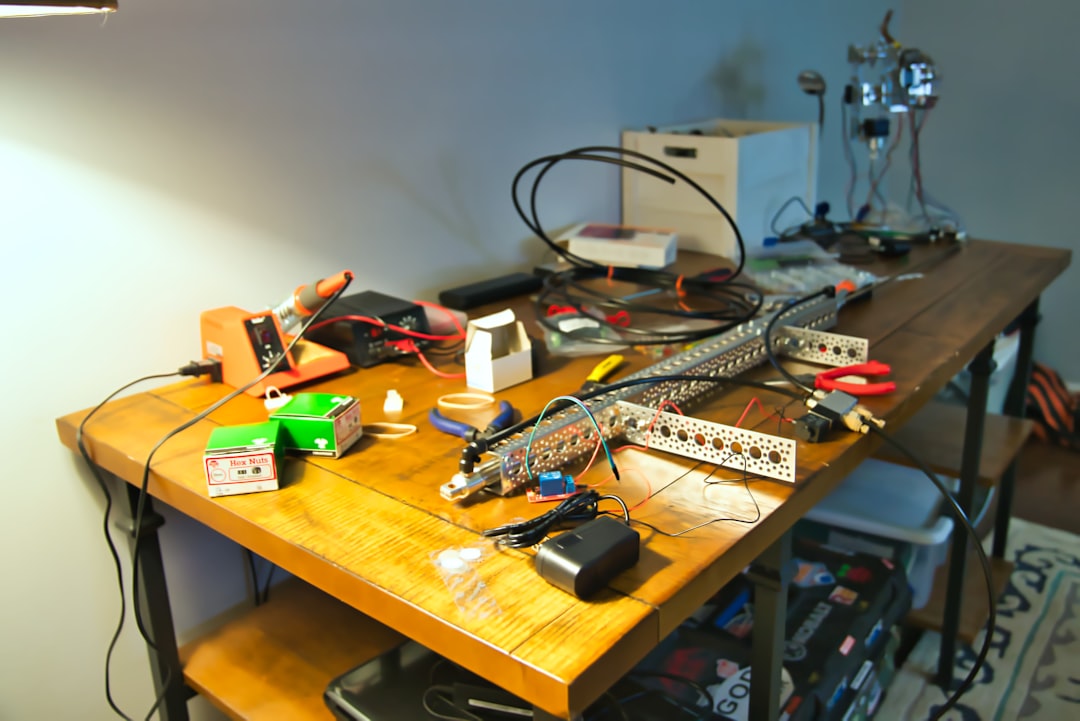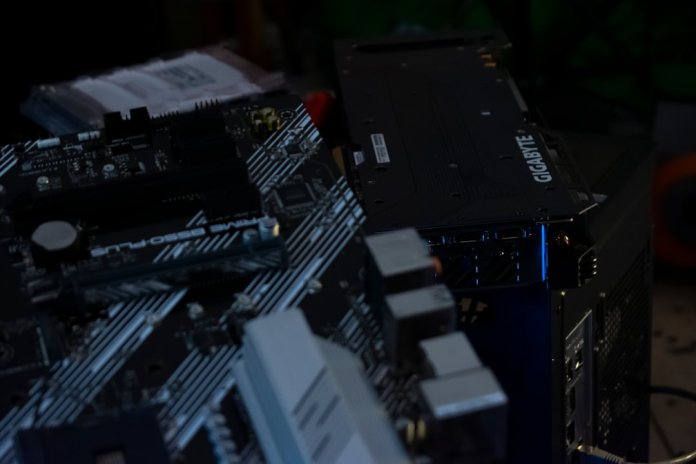The Falcon2 motherboard is a high-performance, feature-rich platform that caters primarily to gaming enthusiasts, high-end computing environments, and DIY PC builders. Known for its stability, versatility, and support for the latest hardware, it stands out as a competitive choice in the motherboard market. Whether users are planning to upgrade their system, explore its technical specifications, or troubleshoot issues they encounter, this guide offers a complete overview to make the experience smooth and efficient.
Falcon2 Motherboard: Overview
The Falcon2 motherboard is engineered with performance in mind. Supporting the latest 13th Gen Intel® Core™, Pentium®, and Celeron® processors, it is built on the LGA 1700 socket and supports DDR5 RAM, PCIe 5.0, and Gen4 M.2 drives. All these advancements combine to ensure future-proofing for users seeking longevity from their system builds.

At its core, the Falcon2 incorporates a modern UEFI BIOS with customizable profiles, a digital VRM design for thermal efficiency, and an enhanced audio codec to deliver immersive sound experiences. Additionally, it is equipped with superior networking capabilities including 2.5G LAN and Wi-Fi 6E support.
Specifications of the Falcon2 Motherboard
Here’s a detailed breakdown of the core specs offered by the Falcon2 motherboard:
- CPU Support: LGA 1700 socket, supports 13th and 12th Gen Intel CPUs
- Chipset: Intel Z790
- Memory: Up to 128GB DDR5, dual-channel, 6400MHz (OC supported)
- Graphics: HDMI 2.1 and DisplayPort 1.4 outputs for integrated graphics
- Expansion Slots: 1 x PCIe 5.0 x16, 2 x PCIe 3.0 x1
- Storage: 3 x M.2 SSD slots (one Gen4), 6 x SATA III (6Gb/s)
- Audio: Realtek ALC4080 codec, 7.1 Channel HD Audio
- Networking: Intel 2.5G Ethernet, Wi-Fi 6E, Bluetooth 5.3
- USB: Up to 14 USB ports including USB 3.2 Gen2x2 Type-C
With these state-of-the-art specifications, Falcon2 aims to meet not only modern gaming demands but also advanced content creation and multitasking environments.
How to Upgrade a Falcon2 Motherboard
Upgrading the Falcon2 motherboard is relatively straightforward and customizable. Below are the key areas that users usually consider:
1. CPU Upgrade
This motherboard supports the latest Raptor Lake and Alder Lake processors. Users can upgrade from a 12th Gen Intel i5 to a 13th Gen i9 series without replacing the board. Ensure BIOS is updated to the latest version for compatibility.
2. RAM Upgrade
With support for DDR5 RAM up to 128GB, users can significantly boost their multitasking and gaming performance. Simply insert compatible high-frequency DDR5 modules into the two available DIMM slots and enable XMP profiles in BIOS.
3. Storage Upgrade
Adding a Gen4 M.2 NVMe SSD can dramatically increase data transfer speeds. The Falcon2 provides multiple M.2 slots conveniently placed to accommodate both short and long form-factor drives.

4. BIOS & Firmware Update
Navigate to the manufacturer’s website, download the latest BIOS version onto a USB drive, and use the built-in Q-Flash or similar update utility in BIOS. BIOS updates can unlock newer CPU support and improve system stability.
Troubleshooting Common Issues
1. System Does Not Boot
- Reseat RAM and GPU: Loose RAM or graphics cards are a common culprit.
- Check POST LEDs: The Falcon2 comes with onboard diagnostic LEDs; these can help identify if the issue lies with CPU, RAM or GPU.
- BIOS Reset: Reset by removing the CMOS battery or using the jumper pins.
2. No Display Output
- Ensure GPU is fully seated in the PCIe x16 slot.
- Test HDMI or DisplayPort cables with another monitor.
- Use integrated graphics if the discrete GPU fails.
3. Overheating
- Ensure that thermal paste is properly applied on the CPU.
- Check that all fans are running and properly connected to their headers.
- Enable smart fan control via BIOS or manufacturer’s software.
4. USB Devices Not Recognized
- Try alternate USB headers on the motherboard.
- Check if USB legacy support is enabled in BIOS.
- Install chipset and USB drivers from the motherboard’s support page.
5. Wi-Fi/Network Connectivity Issues
- Install updated drivers for the Intel Wi-Fi 6E module.
- Ensure antennas are properly connected to the rear I/O IPEX connectors.
- Disable power-saving settings in the device manager that might turn off wireless adapters.
Additional Tips for Optimal Performance
For users looking to get the most out of their Falcon2 motherboard, keeping firmware and drivers regularly updated can go a long way. Also, consider using high-efficiency power supplies and premium cooling solutions to push the hardware for gaming or productivity tasks.
The Falcon2 is also great for overclockers. With its solid VRM design and BIOS voltage controls, experienced users can push their CPU and memory speeds beyond stock settings. However, adequate cooling is crucial to ensure long-term system stability.
Frequently Asked Questions (FAQ)
-
Q: What CPUs are compatible with the Falcon2 motherboard?
A: The Falcon2 supports Intel’s 12th and 13th Gen CPUs using the LGA 1700 socket, including the i3, i5, i7, and i9 series. -
Q: Does Falcon2 support DDR4 memory?
A: No, it only supports DDR5 RAM. Inserting DDR4 RAM will not work. -
Q: How do I update the BIOS on the Falcon2 motherboard?
A: Download the latest BIOS file from the manufacturer’s website, copy it to a USB flash drive, and use the built-in Q-Flash utility via BIOS. -
Q: Can I use both integrated and discrete graphics simultaneously?
A: Typically, once a discrete GPU is installed, most systems default to it. However, multi-monitor setups may allow usage of both after configuring settings in the BIOS. -
Q: Why is my system only detecting half of the installed RAM?
A: Ensure both memory sticks are properly seated in the correct dual-channel slots. Also, check BIOS and tweak memory configuration settings. -
Q: Does the Falcon2 support overclocking?
A: Yes, provided you are using a K-series Intel CPU and adequate cooling, the BIOS supports a wide range of tuning options. -
Q: What is the maximum storage capacity this board supports?
A: Storage capacity is only limited by the size of the drives you install. The board supports 3x M.2 and 6x SATA III drives. -
Q: What should I do if my board doesn’t power on after installation?
A: Check power cables, reseat RAM and GPU, and confirm that the front panel connectors are installed correctly.
</
